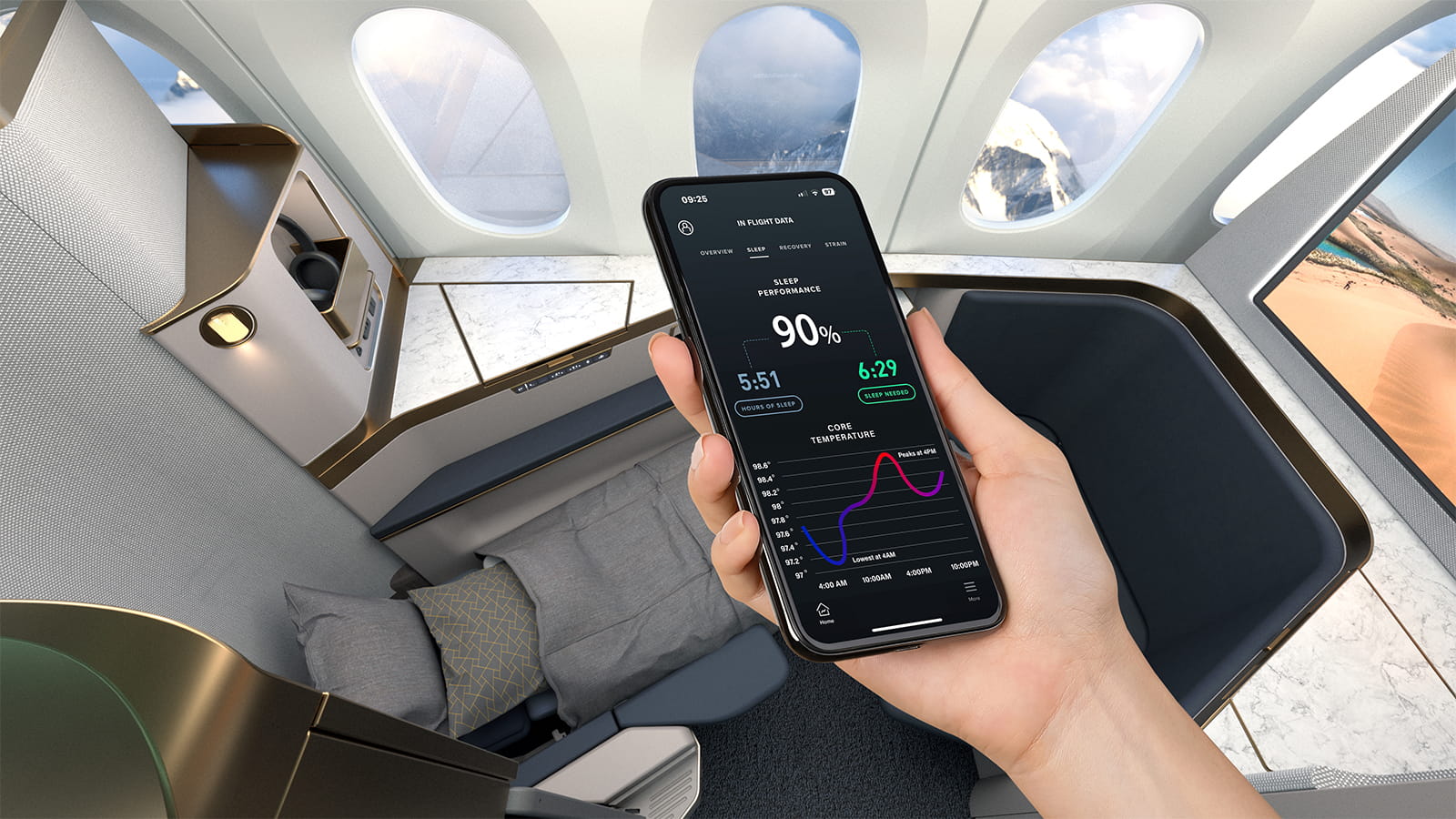Digital Transformation During Mass Integration
Three Guiding Principles That Make It Work
Brian Galovich
CIO & VP, Digital Technology
Collins Aerospace
[Originally published September 4, 2019 on CIO Applications website]
Imagine you’re in the midst of a massive overhaul of your company’s digital ecosystem—working furiously with your organization to modernize, rationalize, digitize and integrate networks, systems, applications and platforms—when you walk into the office one day and … wait for it … your parent company announces plans for one of the biggest acquisitions in the history of aerospace. And they are merging that company with your organization.
This was the situation my colleagues were facing with the September 2017 announcement of the planned merger between UTC Aerospace Systems and Rockwell Collins.
While the news was exciting and would position the new Collins Aerospace among the top players in the aerospace and defense industry, the Digital Technology team couldn’t help but think about the huge implications. What was already a daunting challenge was now a daunting challenge X 2.
When I was named to lead the Digital Technology organization at the new company, I’ll admit I was awed by the scope of the initiative and what was to come. I reminded myself of that old adage about how to eat an elephant: one bite at a time.
Having previous experience with corporate mergers, acquisitions, reorganizations and restructurings, I know how potentially disruptive these kinds of events can be. But I have also come to appreciate what it takes to help lead through a major digital transformation and achieve successful outcomes.
Here are three key guiding principles I always try to follow:
No. 1: Prioritize Teamwork, Collaboration and Communications
Without going into our whole business landscape and family tree, essentially our team is working to bring together four heritage cultures comprised of different systems, processes and strategies. But we’re doing far more than that. As we work toward this large-scale integration, our teams are getting to know each other and learning from one another—both personally and professionally. They’re suggesting ways to modernize, finding efficiencies and developing new and innovative solutions for our customers. We’re seeing benefits far beyond just getting everyone on the same network. The collaboration itself is driving digital innovation.
“Having a clear vision of the organization’s future state, as well as a strategy for achieving it, reduces the noise and distraction in a rapidly changing environment.”
And nothing facilitates teamwork and collaboration more than open, honest and frequent communications. Partnering with our colleagues in Communications and Human Resources, we’ve been working tirelessly to keep our people fully informed every step of the way. We tell them what’s happening, when it’s happening, and, when things change, we tell them that, too. It will never be perfect at this scale (over 1,100 people in the Digital Technology organization across 35 states and 15 countries) but, generally, people are very understanding of a dynamic work environment when you keep them well informed.
No. 2: Look for Pain Points and Resolve Them Quickly
In any M&A scenario, there are process and system changes that are essential and those that are “nice to have.” Our team did some major heavy-lifting to ensure all the essentials—such as our HR and Payroll systems—were in place on Day 1.
But as our teams began to work with each other, we realized that we had some pain points that required immediate attention. Because of the differences in tools and platforms, as well as the segregation of our various networks, employees complained they couldn’t “talk” to each other. Leaders from one heritage company needed access to the other and vice versa. Managers couldn’t initiate simple processes that we tend to take for granted—something as simple as approving expense reports for their new employees still under their heritage system.
Knowing it would take some time to fully address all these issues, our team came up with some creative interim solutions, such as the use of aliases and the ability of employees to access specific applications via firewalls between the heritage companies. My take-away: Listen to employee complaints and challenge your team to find good work-arounds until a long-term solution is in place.
No. 3: Have a Long-Term Vision and Strategy
Having a clear vision of the organization’s future state, as well as a strategy for achieving it, reduces the “noise” and distraction in a rapidly changing environment. It enables employees to see themselves as part of a larger effort and focus on their individual roles in fulfilling that vision.
Our vision for digital transformation is to have positive, bottom-line impact by improving operational efficiencies, enhancing programs that benefit our customers, and generating new revenue opportunities through the introduction of innovative digital products.
“We’re also taking advantage of new capabilities in artificial intelligence and machine learning to enable new revenue opportunities and establish better competitive positioning for Collins Aerospace.”
Our digital strategy consists of a simple “70-20-10” concept. The numbers are indicative of the amount of focus we aspire to achieve in three focus areas:
- 70 percent of what we do needs to be focused on digital as a function, and how we best leverage all of our digital assets to optimize for Collins Aerospace. We’re essentially focused on optimizing products for our customers.
- 20 percent of what we do needs to be focused on improving the customer experience, taking friction out of the customer interaction and leveraging digital to enable better services for our customers.
- 10 percent of what we do is focused on leveraging digital for new, revenue-generating ideas and better competitive positioning.
We’re working hard to shift our overall digital investments, resources and focus to align with this strategy, taking advantage of new technologies like artificial intelligence and machine learning, improving operational efficiencies with modernized business systems, focusing on a more robust customer experience by increasing our UX and product management talent pool, and finding new digital revenue paths by building and leveraging cloud platforms with robust APIs and micro services.
As we apply these key principles to our current digital transformation, the larger “elephant” still looms in the distance. We’re working hard to integrate and modernize our infrastructure and business systems, leveraging progressive digital skills like user experience (UX) and product management to create a better customer experience. We’re also taking advantage of new capabilities in artificial intelligence and machine learning to enable new revenue opportunities and establish better competitive positioning for Collins Aerospace.
And like that old adage about how to eat an elephant, we’re taking it byte by bite. And looking forward to the meal.




